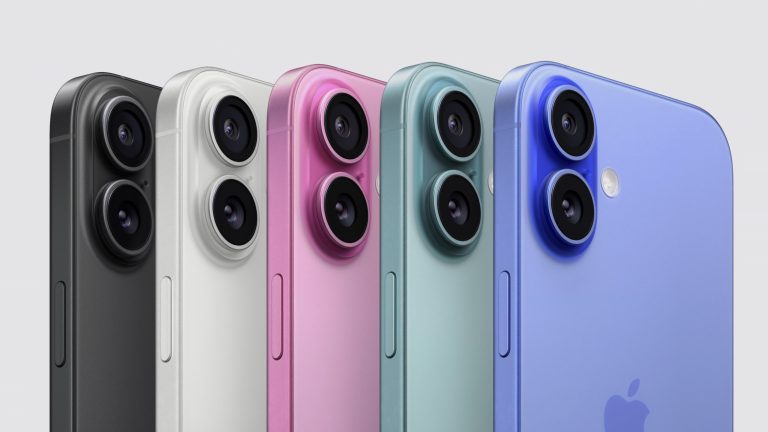When SuperSpeed USB was announced in 2007, the branding was a logical differentiator. The term launched with USB 3.0, which brought max data transfer rates from USB 2.0's measly 0.48Gbps all the way to 5Gbps. But by 2022, there were three versions of SuperSpeed USB in various connector types facing consumers, plus the potentially faster USB4. Looking ahead, USB products will continue to offer different performance capabilities while looking the same, but there's at least one thing we can all agree on: The word "SuperSpeed" isn't a helpful differentiator anymore.
SuperSpeed branding already felt pretty unremarkable by 2019, when the USB-IF, which makes USB standards, renamed USB 3.0 to USB 3.1 Gen 1; USB 3.1 to USB 3.1 Gen 2, and then USB 3.2 Gen 2; and USB 3.2 to USB 3.2 Gen 2x2. The group sought to make things easier for consumers by recommending to vendors that they label products not by specification name but by "SuperSpeed USB" followed by max speed (USB 3.2 Gen 2x2, for example, would be SuperSpeed USB 20Gbps).
Per updated guidelines and logos that started coming out this quarter and that you may see before 2022 ends, as reported by The Verge today, the USB-IF now recommends vendors label products as, simply, USB 20Gbps (for USB 3.2 Gen 2x2), USB 10Gbps (for USB 3.2 Gen 2), etc. No SuperSpeed necessary.
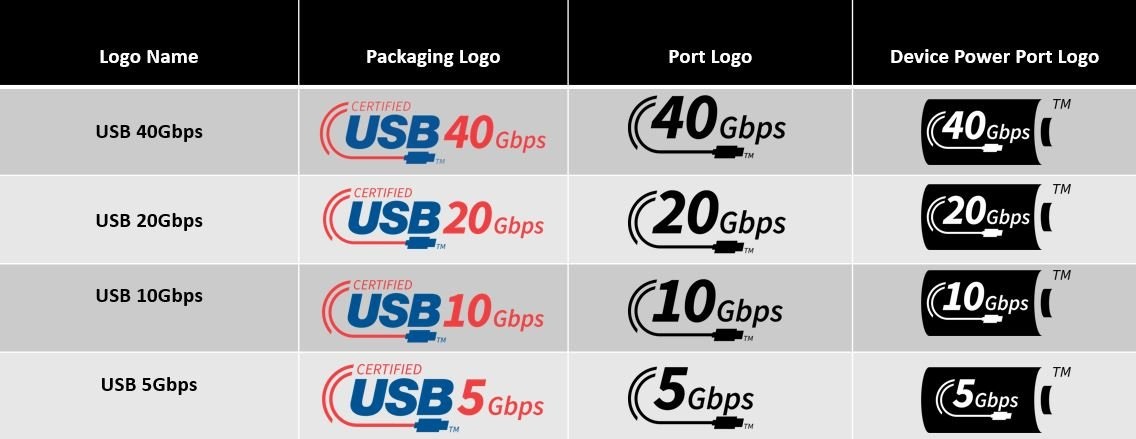
USB4, meanwhile, gets the same treatment, with the USB-IF recommending USB 40Gbps and USB 20Gbps branding for the spec. When it comes out, USB4 Version 2.0 should be called USB 80Gbps.
"USB4 Version 1.0, USB Version 2.0, USB 3.2, SuperSpeed Plus, Enhanced SuperSpeed, and SuperSpeed+ are defined in the USB specifications; however, these terms are not intended to be used in product names, messaging, packaging, or any other consumer-facing content," the USB-IF's language usage guidelines updated in September read [PDF].
The USB-IF still recommends vendors label USB 2.0, which can take the form of USB-C, USB-A, USB-B, and more, as "Hi-Speed USB" with no performance indicator. Most products using the USB 2.0 spec are peripherals, like keyboards and printers, Jeff Ravencraft, USB-IF president and COO, told Ars Technica, so the industry group doesn't think consumers will mistake the tech for being faster than, say, USB 5Gbps. The USB-IF also feared people confusing "USB 480Mbps" as being faster than USB 5Gbps, due to the larger number (we guess "USB 0.48Gbps" doesn't look so pretty).
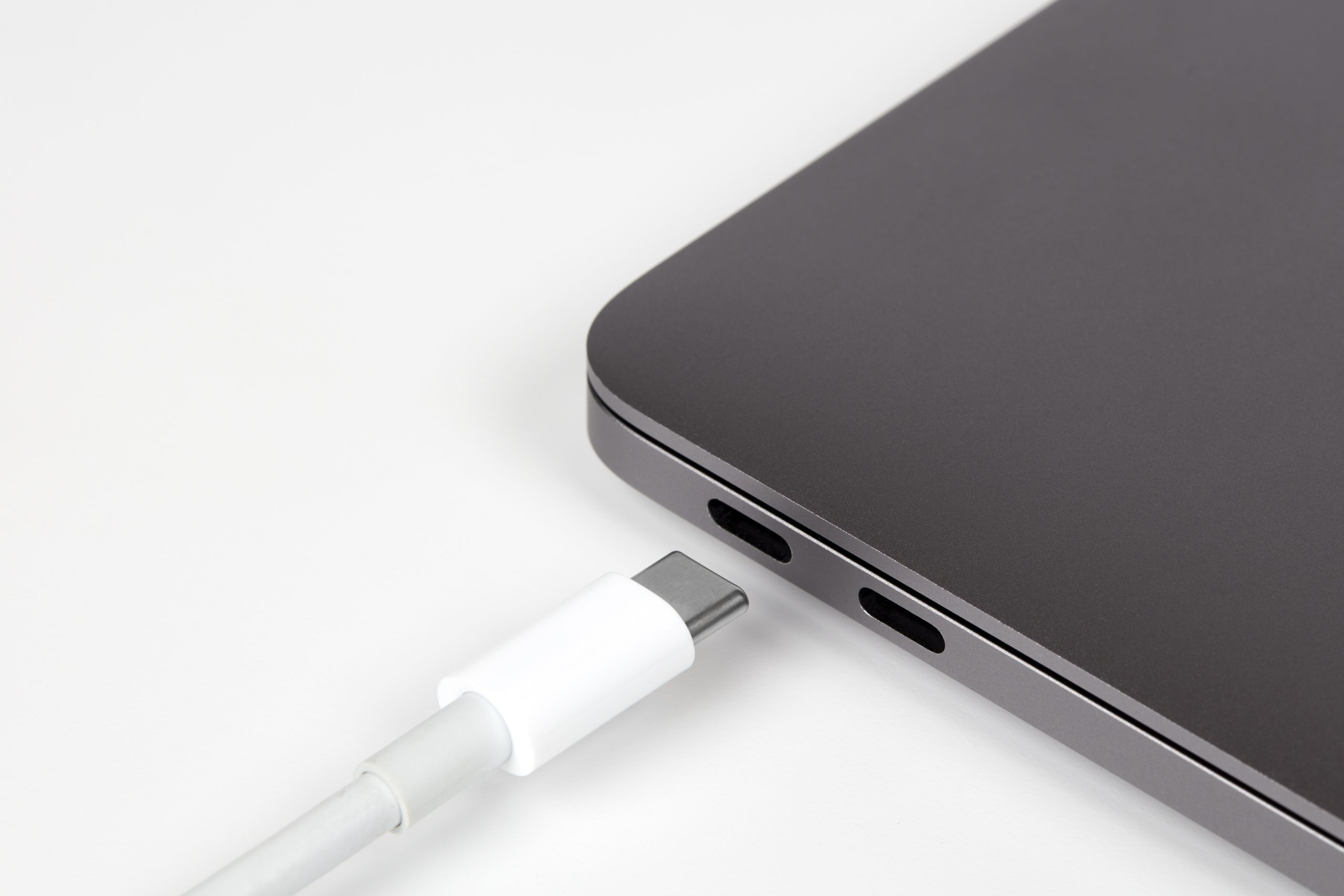
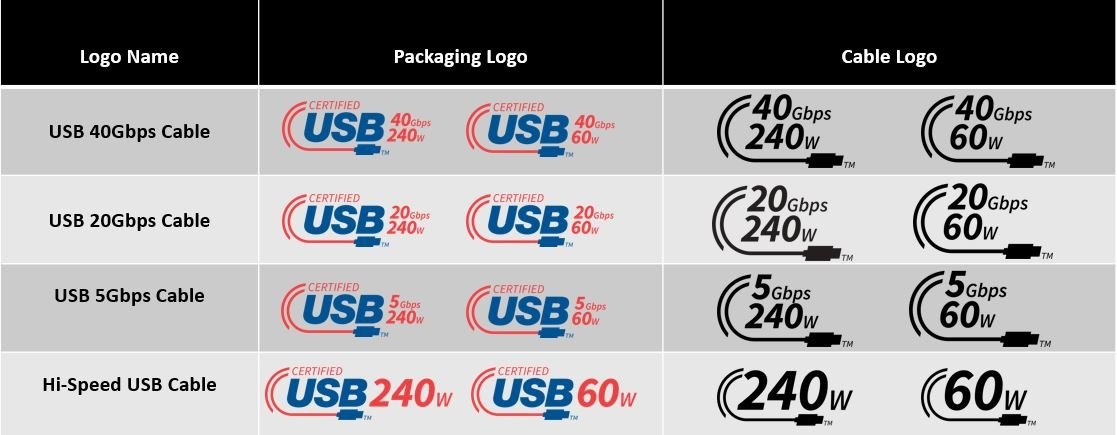
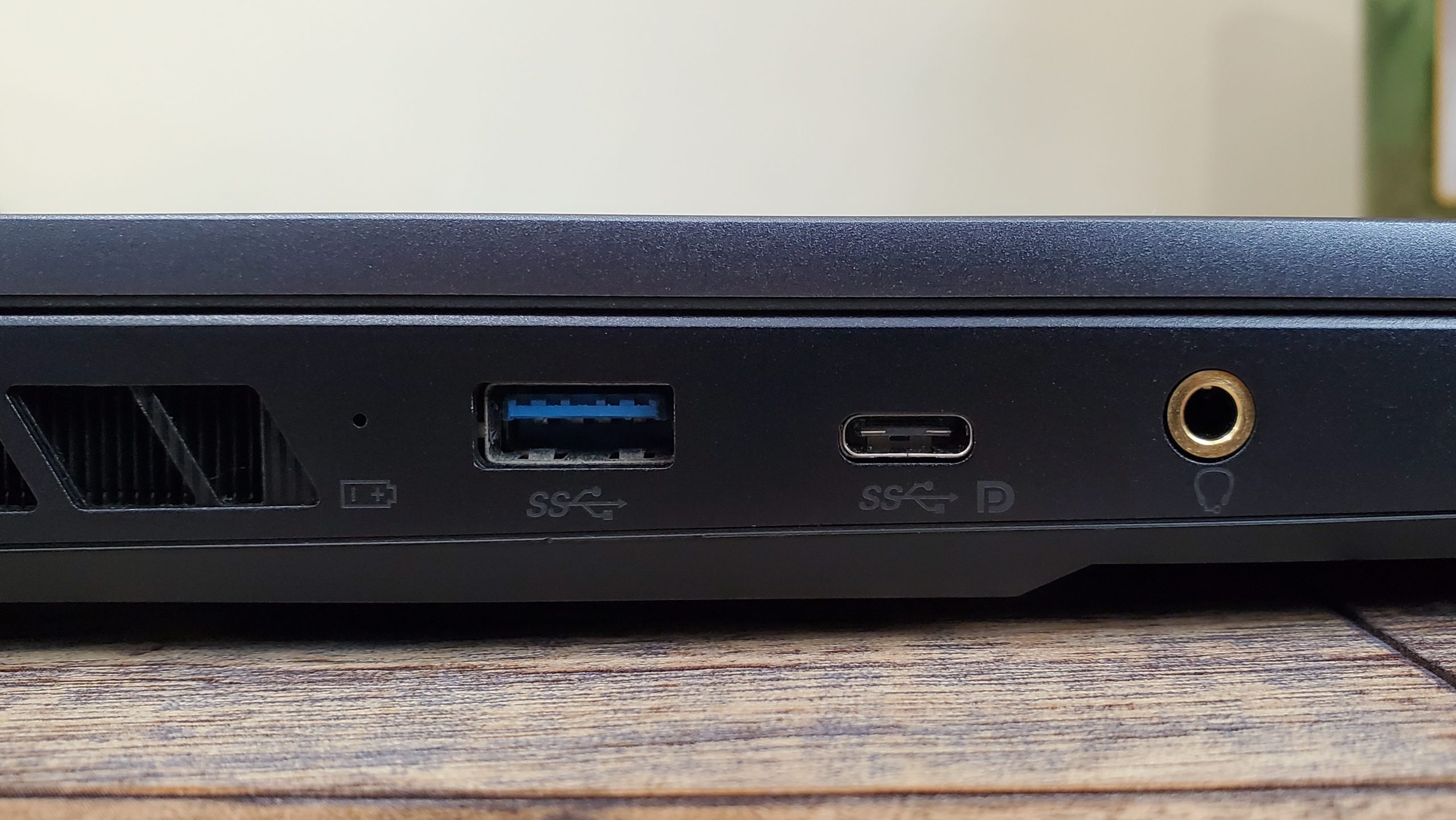

 Loading comments...
Loading comments...
